Question of the Week: October 14, 2021
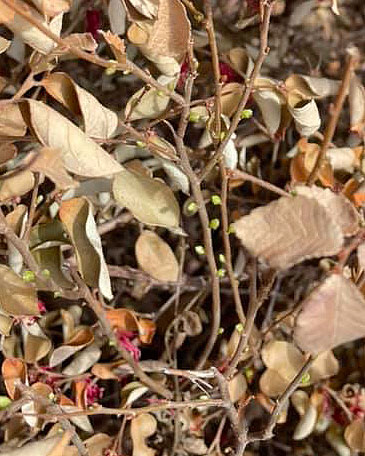
“My loropetalums took a real beating last February. Should I replant with more of them?”
Hardly a week or weekend (of radio programs) goes by without my being asked some variation of this question. Loropetalums (Chinese fringeflowers) are stunning plants, and people want to grow them.
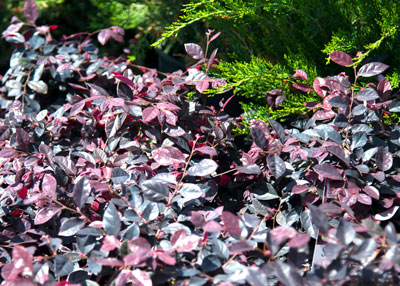
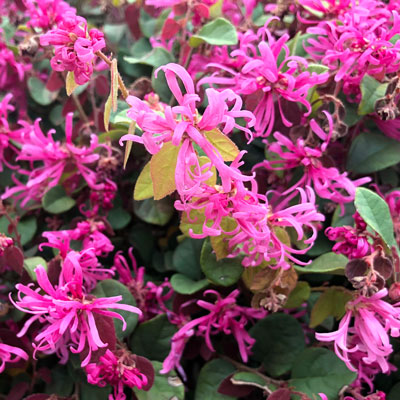
So here’s what I say…
• If someone is calling or writing from East Texas, I encourage their use because that’s where loropetalums are best adapted. They love the higher humidity and acidic soils. Remember that they do well where azaleas do well. If you live in that area, and if your plants did well for you prior to the extreme cold, replant with more.
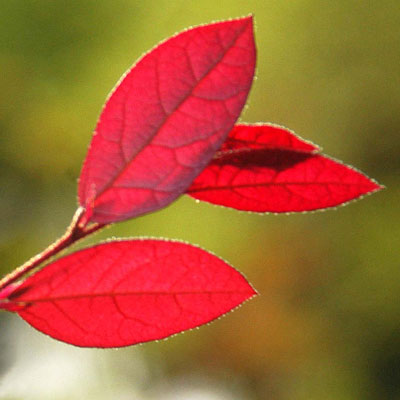
• If they’re calling or writing from DFW or along the I-35 corridor, I usually try to discourage folks from planting big numbers of loropetalums unless they’re willing to do the extensive and expensive bed preparation before planting. That’s where I live and garden, and I’ve had very poor luck using these plants in my own landscape. I plant them in the same kind of peat/pine bark mulch organic planting medium I use for azaleas. They thrive for a few years, but even then they develop serious problems with iron deficiency. It seems to me that they’re even worse about it than azaleas. I try to steer people to other plants – perhaps nandinas, hollies, boxwood or dwarf abelias – plants that won’t be as fussy. And I certainly wouldn’t replant with more loropetalums, at least not more than one or a handful. But that’s just one guy’s personal opinion.
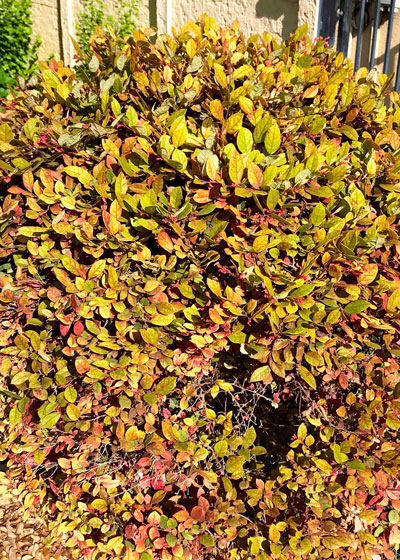
• And, for readers and listeners who are still farther west or north in the state, loropetalums aren’t your best options. Talk to your local Texas Certified Nursery Professional – someone who is intimately familiar with conditions in your town. Just because a plant is winter-hardy in your locale does not ensure that it is well suited to your landscape. Other factors enter into the picture.
